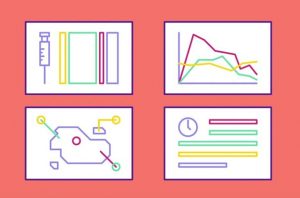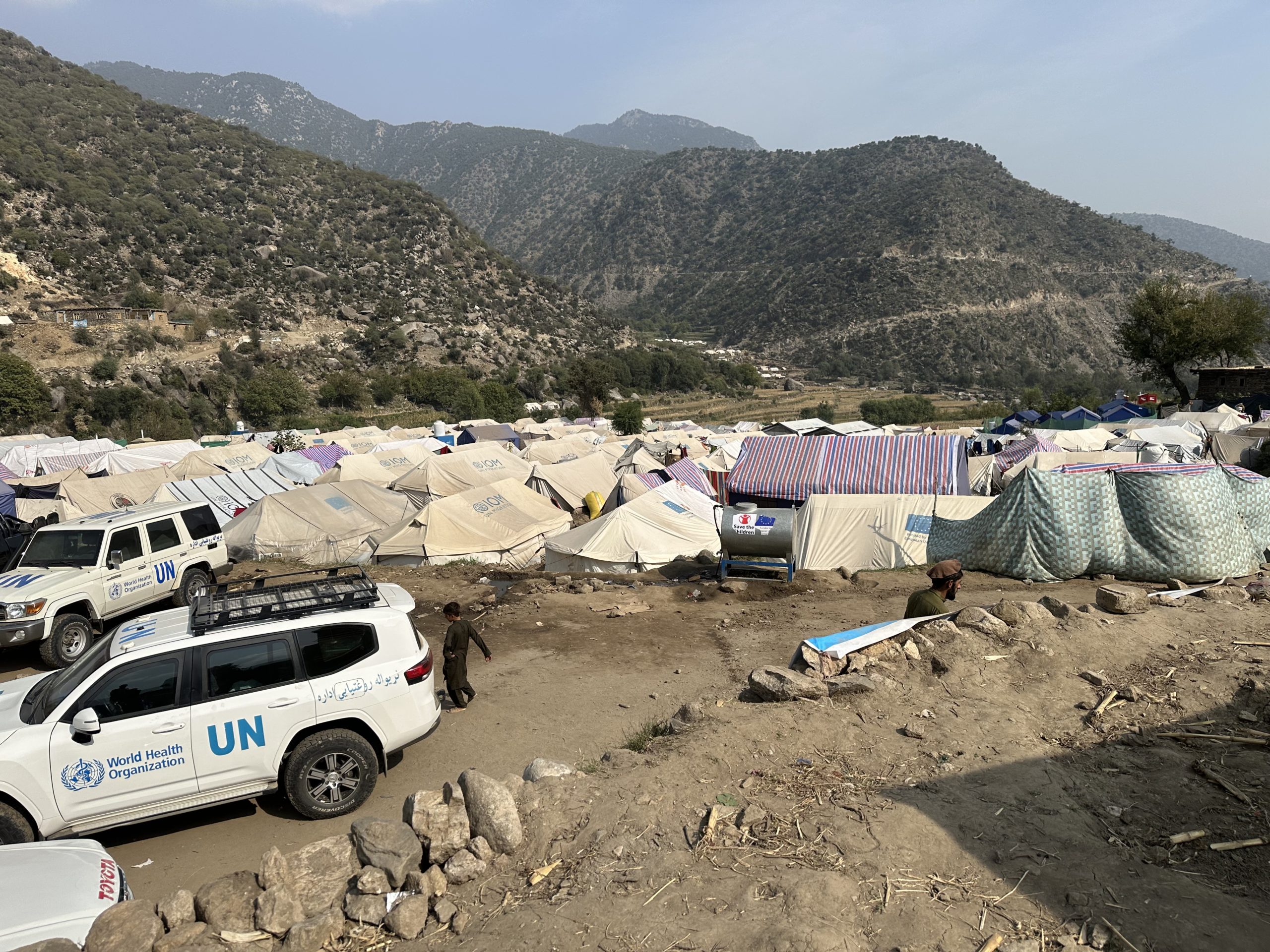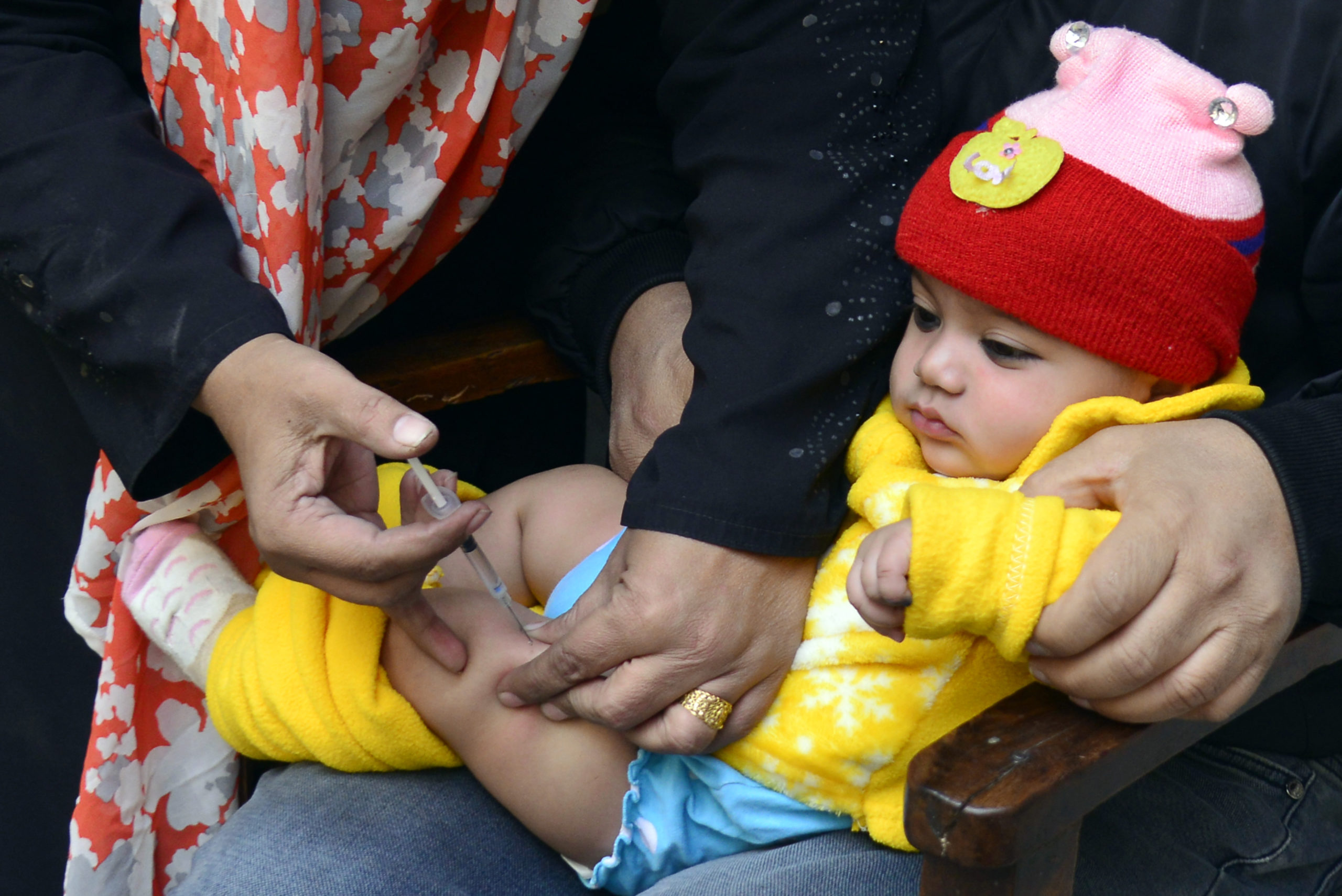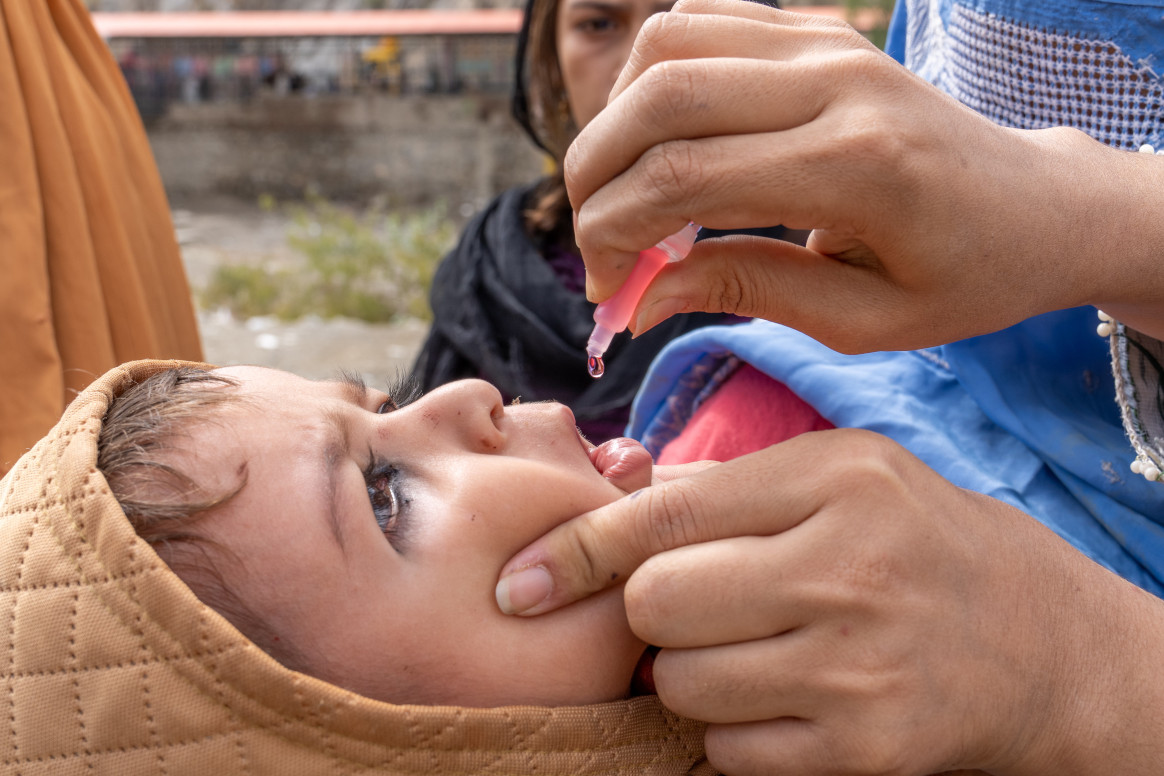
At the heart of the work of the GPEI lie two essential tasks: finding the virus (surveillance) and protecting children against it (immunization). Data is the lifeblood of both, supporting those on the frontline and behind the scenes to do the best job they can. To find each and every poliovirus, surveillance systems across the world search for children with paralysis (a symptom of polio), take stool samples and test them in laboratories. There, the infection can be identified, and its origin and genetic make-up analysed.
If the virus is found, more data is used on the numbers of vulnerable children in the affected area to help calculate the amount of vaccines needed to hold a campaign. Then this information is used to take the vaccine door to door, to protect every child so that the outbreak can be brought to an end. Thanks to better data available faster, every new outbreak can now be responded to within 72 hours.
Beyond this, research and innovations and constantly seeking new, powerful ways in which information can be harnessed to speed our progress towards innovation.



